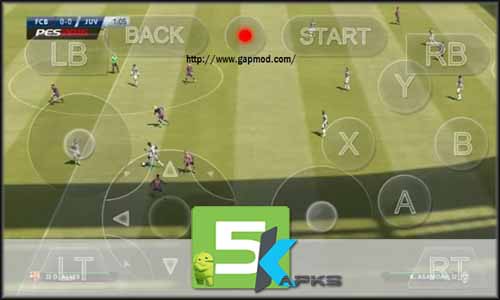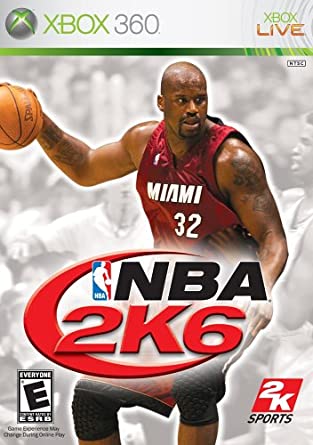
Many of the actions of fingers mimetically reproduce the actions of the body on a court. Mechanically, NBA 2K15 does an excellent job of translating the physical experience of playing basketball to a digital game controlled by a couple thumbsticks and a few buttons. When I flick the thumbstick (or “Pro Stick,” in NBA 2K parlance) toward the baseline to perform a drop step, it is mimicking on a smaller scale with my thumb the explosive dribble-step of the move. It also involves an explosive action as you take a power dribble to move, and use your body to seal off the defender before going up for a shot. So much about executing a proper drop step involves feeling where the defender is applying pressure to your back, so that you can take your step in the right direction.


A well executed drop step involves using your body, specifically your back and your ass, to seal off your defender to make a horizontal step to the hoop. Consider something like a drop step, a foundational offensive post-move I’ve performed and practiced and taught many thousands of times. Sometimes, the comparison is kinesthetic and mechanical. So I tend to think about the my experience of playing NBA 2K15 on a granular scale, comparing play in real life, and play in the videogame. I’ve been around basketball basically my whole life, so I guess you could say I’ve played a lot. I played in high-school for four years, and was a captain of our tiny prep-school team for three of those four (#humblebrag), and I coached boys and girls high-school basketball for three years as well, so I can hold my own. I’ll sometimes play Sundays at the Jewish Community Center with a bunch of old guys who can’t run or jump much anymore, but who knock down set shots like crazy. I try to get into a lunchtime pickup game twice a week at work, and occasionally, when the weather is nice, I’ll head out to a court in Providence to shoot around or try to find a game.

Basketball is the only sport I play anymore.


 0 kommentar(er)
0 kommentar(er)
